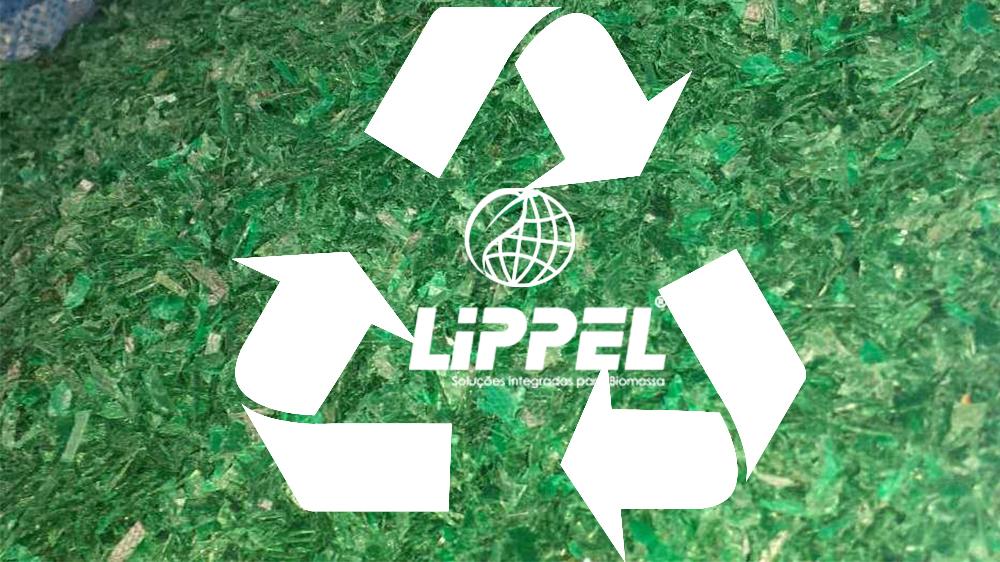How to perform the treatment of solid waste for selective recycling

News26 de December de 2024
With the increase in products produced in industries, from food to other personal or industrial items, the number of disposable packaging and other types of solid waste in the form of garbage has also increased.
But with the increase in the production of these waste materials, there has also been an increase in knowledge of how to treat these waste materials so that they can be reused and have a reduced impact on the environment.
What we are going to talk about: Recycling
Recycling materials such as metals, glass, paper, plastics, and organic waste aims to allow the reuse of these solid waste materials for the production of new materials, generate energy, or composting.
Recycling, besides promoting resource savings through reuse, also promotes a significant reduction in the volume of waste disposed in landfills, dumps, avoids waste burning, thus reducing the environmental impact.
Therefore, recycling is a very important socioeconomic factor. Selective waste collection, for example, is carried out by various companies around the country, generating a greater number of jobs. It is also possible to sort solid waste from conventional collection, separating the various types of waste for future recycling.
What can be recycled?
It is possible to recycle a wide variety of materials such as metals, glass, plastics, wood, foam, paper, pruning residues, and others.
These waste materials can come from production residues in factories, residential waste, or even tree pruning in cities.
What are the first steps to proceed with recycling?
First, the waste materials must be separated by type, this can be done through selective collection or through waste sorting plants.
Thus, the waste materials are separated from rejects and classified by type, allowing for the recycling of different types of materials.
After that, each type of waste will receive a different treatment:
Glass
Glass has labels, tags, and caps removed, leaving the glass as pure as possible for the next step. Then the glass is separated by colors, transparent, green, and amber. After that, the glass is crushed until it reaches the ideal granularity for its reuse. Then this crushed material can be melted and used to produce new glass articles.
A great advantage of glass recycling is that it can be completely reused, in this case, 10 kg of crushed glass will produce 10 kg of new glass articles.
Metal
Metal is another material that can be 100% recycled and reused. Nowadays, a large amount of metallic waste is produced, such as juice cans, soda cans, and food cans, damaged electronics, appliances, production residues in factories, and others.
First, the metallic waste is separated by type and characteristics such as ferrous metals, copper, aluminum, bronze, etc., and then it can be crushed and melted directly, or even briquettes can be produced for melting on a larger scale.
Plastics
From the large volume of packaging, plastics can be crushed, turning plastic into raw material again, which can be used for the production of new plastic articles or even for energy burning, taking advantage of the calorific power of plastic.
Wood
Wood has impurities removed, such as stones and metals, and then the wood from construction residues, pallets, and others can be crushed, producing wood chips, a material with a much higher calorific value than common firewood. It can then be used for energy burning in boilers and furnaces.
Foam
It can be crushed to achieve a smaller granularity to be used as filling for various applications, or it can even be used in the production of polyurethane resin, which can be used in flooring and concrete applications.
Paper
From newspapers, notebooks, documents in companies, packaging, and others, paper can be shredded for the production of recycled paper.
Paper recycling is extremely important for the environment, as it requires the use of trees for its production. Thus, with recycling, it is possible to reduce tree cutting for paper production, benefiting the environment and consequently the population.
Prunings
From urban and rural areas, prunings can be completely reused as soil cover or through composting. First, organic waste is crushed by a branch Crusher, which can perform this operation directly at the pruning site, reducing the volume of the material by up to 80%, requiring only one vehicle to transport the crushed waste where 8 vehicles would be needed for the transport of the raw material.
After that, the produced material can be applied in organic composting, producing a rich organic fertilizer for the soil, generating significant savings by reducing or even eliminating the need to purchase artificial fertilizers.
But what equipment is needed for recycling?
First, a waste sorting plant is necessary so that they can be categorized by type and then sent to a waste Crusher, where an appropriate Crusher must be used for the various types of materials. Then the resulting material can be sent for processing.
What are the advantages of recycling?
Recycling allows the reuse of solid waste in various sectors such as industrial and urban, reducing the volume of waste deposited in landfills, promoting a significant improvement in the health of the environment, consequently improving the quality of life for the entire population.
Conclusion
Recycling, in addition to being a necessity, is an act of citizenship. We must all be aware that only with the participation of society as a whole can movements in favor of rational energy and material use become a reality, thus improving living conditions on our planet.